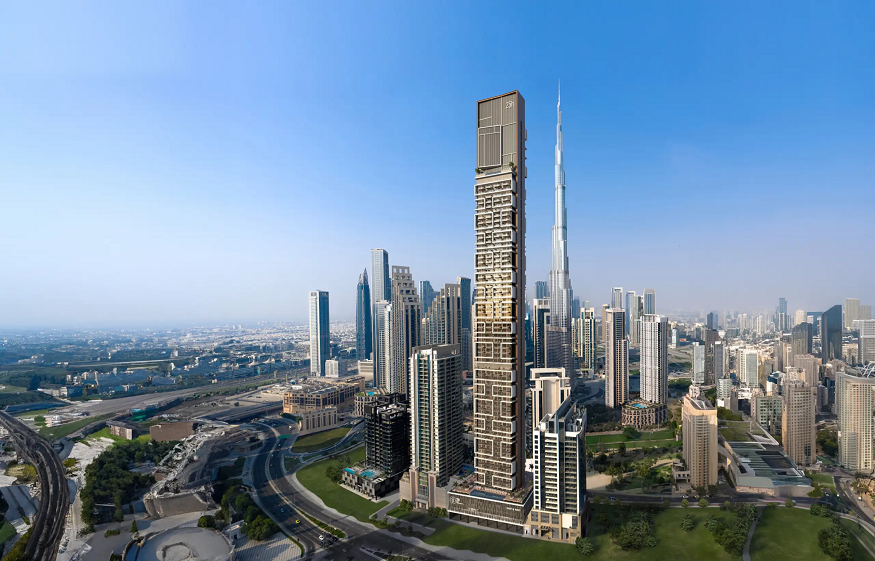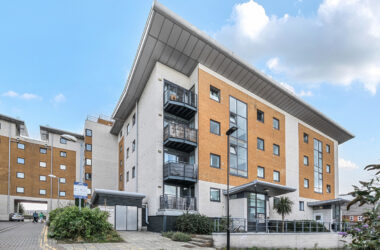Purchasing an off-plan property can be an exhilarating yet nerve-wracking experience. Unlike ready-to-move-in homes, buying off-plan involves investing in a property before it is fully built, which makes understanding the handover process crucial. While the idea of owning a brand-new home in one of the world’s most dynamic cities is exciting, it also comes with responsibilities and steps that buyers must navigate carefully. Being well-prepared ensures that the transition from construction site to your dream home is smooth and stress-free.
When you invest in an off plan property in Dubai, it’s important to be familiar with the stages leading up to handover. The handover process typically begins once construction is complete and the developer confirms that your property is ready. Staying informed about progress updates and planning ahead ensures a smoother transition from construction site to your dream home.
Understanding the Timeline
One of the first things to know about off-plan property handovers is the timeline. Developers usually provide a tentative completion date when you purchase the property, but delays can happen due to construction issues, approvals, or unforeseen circumstances. It’s important to stay in touch with your developer or real estate agent throughout the construction phase to get regular updates. This helps manage expectations and ensures you’re prepared for the eventual handover.
Typically, the handover process begins once the developer issues a notice stating that the property is ready. This marks the point where you can schedule your inspection and start preparing for ownership. While waiting can be challenging, using this time to review your purchase agreement, plan your move, and organize finances can make the eventual transition smoother.
The Snagging Inspection
A critical part of the handover is the snagging inspection. This involves a detailed walkthrough of your property to identify any defects, unfinished work, or deviations from the original plan. Snagging might include checking doors and windows, plumbing fixtures, electrical fittings, flooring, and even paintwork. It’s advisable to take photographs and document every issue, as this will be submitted to the developer for rectification before you officially move in.
Many first-time buyers underestimate the importance of this inspection. However, it is essential for protecting your investment. By catching minor or major issues early, you ensure that the property delivered meets the standards promised in the sales agreement. Some buyers choose to hire professional snagging services, which can be particularly useful for larger properties or those with complex layouts.
Financial Considerations
Handover is also the stage where financial obligations must be carefully addressed. Depending on your payment plan, there may be outstanding installments due to the developer. Ensure all payments are made promptly and in accordance with your contract. Additionally, there may be fees associated with property registration, service charges, and utility connections. Preparing these funds in advance helps avoid delays and ensures a smooth transfer of ownership.
Many buyers also use this time to explore mortgage arrangements if they haven’t already done so. It’s important to confirm that all financing is approved and ready, as delays can affect your move-in date. Being proactive with your finances at this stage will make the final steps of the handover much more manageable.
Legal and Documentation Steps
Before receiving the keys, there are several legal steps to complete. The property must be officially registered in your name, which typically involves submitting documents to Dubai Land Department or the developer’s registration office. Required documents often include your passport, Emirates ID, sales agreement, proof of payment, and any mortgage approvals.
Ensuring that all paperwork is accurate and complete is vital. Errors or missing documents can delay handover, and in some cases, may result in additional fees. Many developers guide buyers through this process, but it’s still wise to double-check all requirements. Consulting a legal expert familiar with Dubai’s real estate regulations can also provide peace of mind.
Preparing for the Move-In
Once the inspection and paperwork are complete, and all issues have been addressed, it’s time to prepare for moving in. Depending on whether the property is furnished or unfurnished, you may need to plan for interior design, furniture, appliances, and other essentials. Some developers offer interior packages or recommendations for trusted suppliers, which can simplify this process.
Additionally, consider practical aspects such as setting up utilities, internet connections, and maintenance services. Arranging these details in advance ensures that your first days in the property are comfortable and hassle-free.
Tips for a Smooth Handover
Stay Informed: Regular updates from your developer or real estate agent keep you aware of any changes in the handover timeline.
Document Everything: Keep records of payments, communications, and inspection reports to avoid disputes.
Engage Professionals if Needed: Snagging experts or legal consultants can help ensure no detail is overlooked.
Plan Your Move: Organize logistics, furniture, and utility setups to make the transition seamless.
Be Patient and Flexible: Construction delays or minor defects are common, and staying calm can make the experience much less stressful.
Conclusion
The off-plan property handover in Dubai is a process that combines excitement, anticipation, and careful planning. From inspections to financial settlements and legal formalities, each step is designed to ensure that buyers receive a home that meets expectations. By understanding what to expect, preparing thoroughly, and seeking guidance when needed, you can make your handover experience smooth and rewarding. Ultimately, this careful approach turns the dream of owning a brand-new home into a tangible reality, marking the beginning of a new chapter in one of the world’s most vibrant cities.






